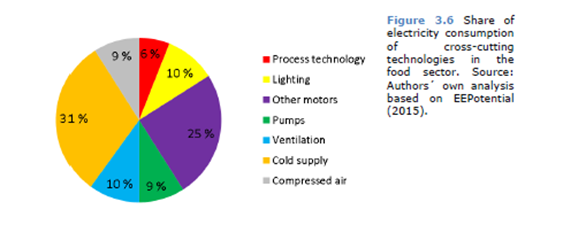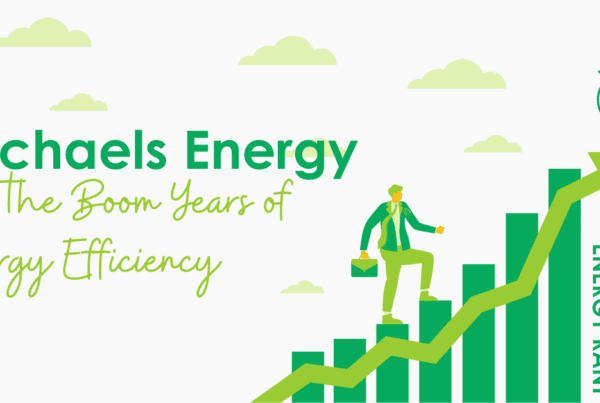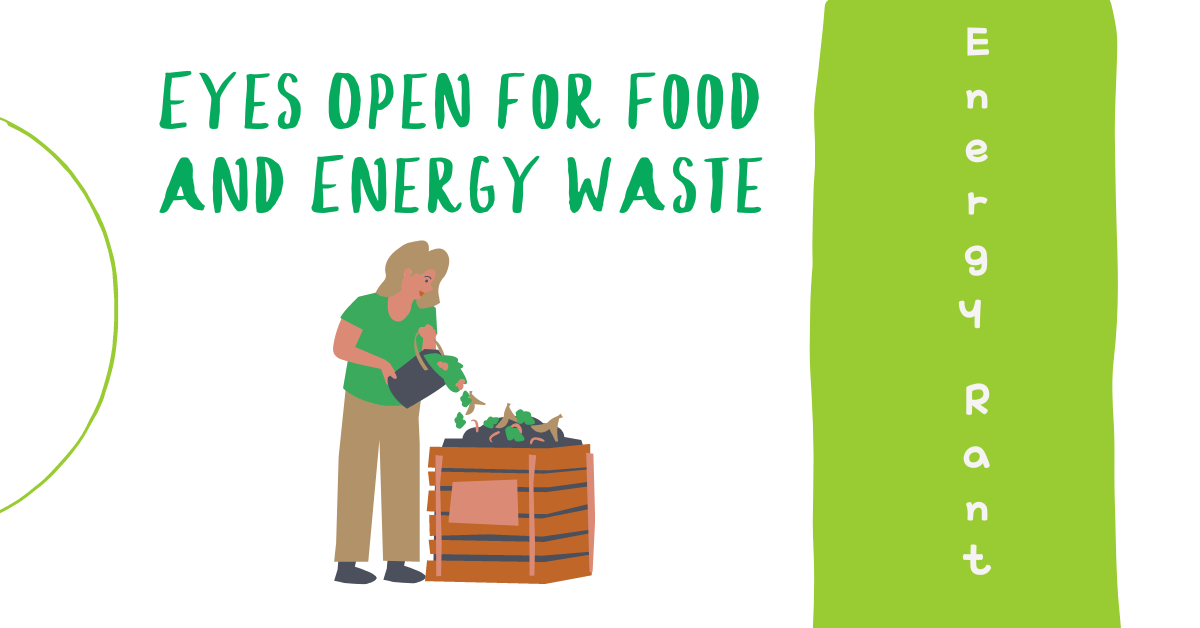
General Russel Honoré delivered the closing plenary from last week’s AESP Annual Conference. He humorously but effectively preached to the choir about climate change mitigation. I will take one sub-topic he mentioned, food waste, and run with that this week. I may even expand it to the grocery store.
General Honoré was the Commander of Joint Task Force Katrina, the hurricane.
This is an excellent opportunity to pull out an article I read a few weeks ago, Dear Consumers, Please Consume Less, posted on Energy Central. Americans consume an average of 3,600 calories daily, while the recommended ration is 2,000 to 2,600 calories.
Starving
Many folks would claim to “starve” on 2,000 to 2,600 calories per day. What does that look like? Three meals per day as served in first class, shown below (see the cookie?).
 When the snack tray comes by, people accommodate this feast with a couple of fistfuls of chips, cookies, and almonds. Upon arrival at the hotel, they go out for a couple of $15 beers to wash down a Cajun shrimp po boy and fries.
When the snack tray comes by, people accommodate this feast with a couple of fistfuls of chips, cookies, and almonds. Upon arrival at the hotel, they go out for a couple of $15 beers to wash down a Cajun shrimp po boy and fries.
As luck would have it, The Wall Street Journal just published an interesting article describing how the CEO of Chili’s parent company is revamping the menu.
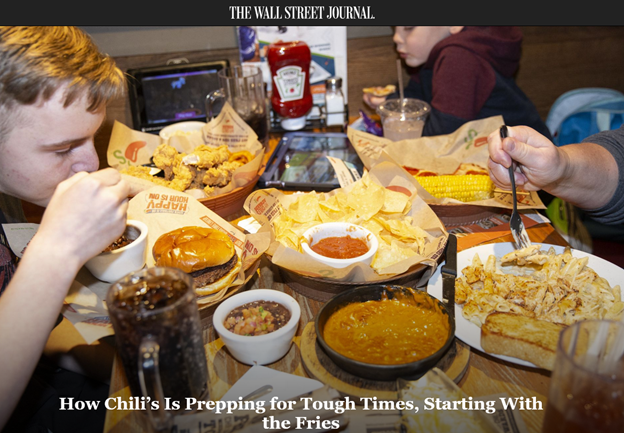 This is my point. Do you suppose much of that table full of food will end up on Mount Trashmore? Wow!
This is my point. Do you suppose much of that table full of food will end up on Mount Trashmore? Wow!
Last Friday, Zerohedge reported that the feasts shown above are not only wasteful, but they are also a risk to national security. They reported 77% of military-age people 17-24 years of age are unfit to serve, up six percent in just six years.
Behavior Change
The crux of the Energy Central article is that behavior change is needed, which can be challenging, but sometimes not.
My second series of behavior changes involve plastic bags. I hate plastic bags, so when Covid precautions banned reusable grocery totes in grocery stores, I bagged my groceries outside at the car after going through self-checkout because it’s faster. And by the way, if you are a reusable grocery tote user and look online to see whether they were safe to use during major Covid outbreaks, you’ll find you’re lucky to be alive. Here is one such article from Huffington Post.
The bottom line: willpower to change accomplishes waste minimization, repurposing, and other beneficial outcomes.
Shipped v Local
General Honoré rhetorically asked why people in Michigan get their lettuce from California. That’s stupid, he said. Of course, my brain immediately thinks, but is it cheaper to grow lettuce and burn energy to ship it or run an energy-intensive indoor facility to grow it locally? No space conditioning or embedded building material energy is required for vegetable production in California.
This article quotes a study indicating that vertically stacked indoor horticulture requires 38.8 kWh per kg of production versus 5.4 kWh for traditional greenhouses. One refrigerated truck can ship 60,000 lbs (packages) of spinach from California to Michigan, about 2,400 miles. That requires about 400 gallons of diesel fuel. At $4.50 per gallon, that costs $1,800. The 60,000 lbs is about 27,000 kg, requiring about 147,000 kWh for the conventional greenhouse. At 15 cents per kWh, that’s $22,000 (ouch) for the traditional greenhouse and about $158,000 for the vertically stacked option (yeeeooowww!). That’s $2.63 energy cost per 16 oz package of greens that I buy for less than $5.00 retail. You might want to reconsider, General. We can see that lighting and space conditioning for indoor vegetable production is extremely energy intensive.
Food and Energy
In 2021, the US consumed about 100 quadrillion Btu (quads) of primary energy. Multiple sources[1] tell us the all-encompassing supply chain from farms, and their suppliers to the table, consume about eight quads or about 10% of total energy production. By the way, the largest slice of the food-production-electricity pie in Figure 2 below is refrigeration, and that’s where we (Michaels) are heading to make a big impact.
Figure 1 Total Primary Energy Consumption, United States
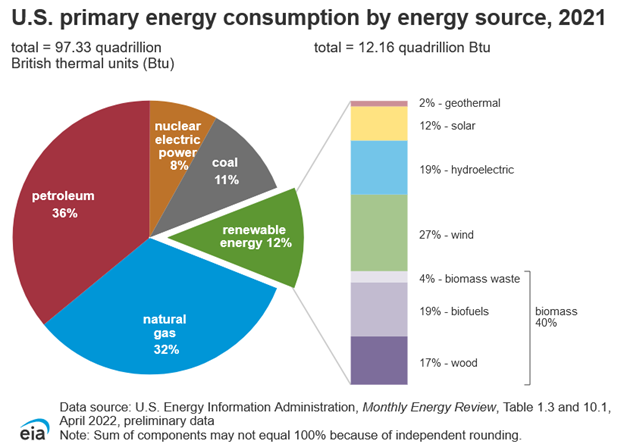 Figure 2 Electricity Use in Food Processing
Figure 2 Electricity Use in Food Processing
 Food Waste = Energy Waste
Food Waste = Energy Waste
General Honoré also made note of food waste. The U.S. wastes 30% of our food supply, not counting half of our largest crop, corn, which is made into ethanol – a relic of the late 1970s. The General asked why put all that food on the tables at the closing keynote lunch, much of which would be wasted. Well, as a member of the AESP Board of Directors for a few years, I can tell you that people are unimaginably impossible to please. The food at the conference was unbelievably excellent, but I guarantee there were complaints.
I know people who throw out food when the date on the package is reached. According to the almighty Mayo Clinic, dates on food packaging are for food quality and NOT safety. If you think about it briefly, that makes sense because plenty of dumb can occur, rendering food unsafe even if it was prepared yesterday.
I’m not going to make many recommendations because everyone’s situation is different, but I will say:
- As an adult, you can only eat half of what teenagers devour to avoid weight gain. “The freshman fifteen” in college had legitimacy.
- No one reading this is going to collapse in a heap if there isn’t “enough” to eat.
- My dogs, especially Labradors, have never been overweight, and they leave no trace of food in their bowls.
- The positive side of inflation is that prepared food portions are smaller – there’s always two sides of a coin.
[1] https://pubs.acs.org/doi/10.1021/es100310d
https://www.agritecture.com/blog/2021/6/16/how-energy-is-wasted-throughout-the-supply-chain
